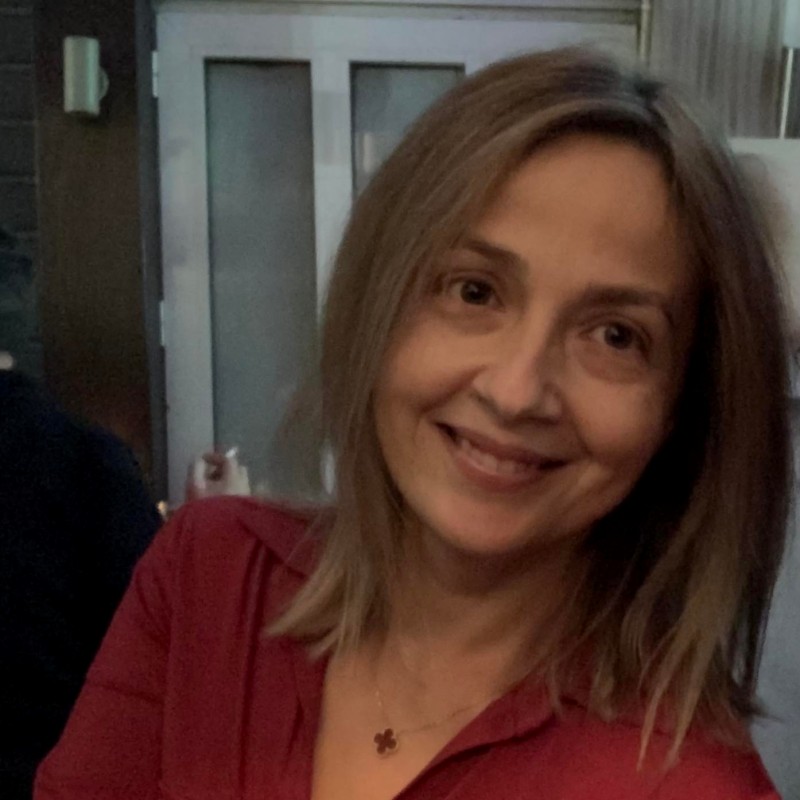
- This event has passed.
Summer 2025 GRASP Seminar: “Brain orchestra in resting-state: Identifying communication modules from the functional architecture of area V1”
June 9 @ 12:00 pm - 1:00 pm
This is a hybrid event with in-person attendance in AGH 306 and virtual attendance via Zoom.
ABSTRACT
How does the brain perform the complicated computations that allow us to learn about and interact with the environment? The rapid advances in optical imaging, machine learning, and the availability of computational resources, provide a unique opportunity to decipher this fundamental question. Although much has been learned about the computational properties of single neurons, we remain far from understanding how networks of cortical cells coordinate and interact with each other to process information. Several pioneering works have proposed theories regarding how the configuration of neuronal ensembles encodes information in the cortex. Ensembles of neurons that fire in synchrony are likely to be more efficient at relaying shared information to downstream targets as well as more likely to belong to networks of neurons subserving similar functions. Spontaneous patterns of activity reflect the intrinsic dynamics of the brain in the absence of external stimulation or task performance.
We imaged essentially simultaneously thousands of pyramidal neurons from granular and supragranular layers in mouse primary visual cortex (area V1) and mapped the functional connectivity within and across layers. We found that under resting-state conditions, 19-34% of neuronal pairs at distances < 300μm exhibited significant functional connections, decreasing to ∼10% by 1mm. Orientation-tuning similarity had a weak influence on correlations measured during resting-state conditions. In contrast, internal brain state, reflected in modulations of aggregate neuronal activity or pupil diameter, played a much stronger role. Overall, V1 laminae display small-world architecture, yet layers show different connectivity structure: Layer 4 exhibits stronger pairwise correlations and flatter degree-of-connectivity distribution compared to supragranular layers, whose degree-of-connectivity distribution decays exponentially.
We argue that neurons, together with their first-order functionally connected partners, define basic multi-neuronal ensembles (modules) that serve as fundamental information processing primitives both within and across cortical laminae. Across cortical layers, the firing probability of Layer 2/3 pyramidal neurons can be predicted by the co-firing of their first-order functionally connected partners in Layer 4, following a ReLU-like activation pattern. Typically, Layer 2/3 neuron firing probability rises sharply, when ≥ 13% of its Layer 4 partners co-fire, a nonlinear behavior that ensures reliable transmission of supra-threshold activity as well as sparse firing. Furthermore, module-to-module information flow from Layer 4 to Layer 2/3 displays increased specificity, sensitivity, accuracy, and precision relative to module-to-neuron information transfer. Interestingly, modules of different sizes exhibit different response properties as well as different strengths of coupling to behavioral brain-state parameters, distributed across a continuum. In general, responses of Layer 2/3 neurons adapt to the dynamic range of the aggregate input they receive from their co-firing Layer 4 partners. These findings on the behavior of first-order functionally connected multi-neuronal ensembles (modules) remain robust even when functional connectivity is assessed under stimulation conditions, where signal correlations predominate.

